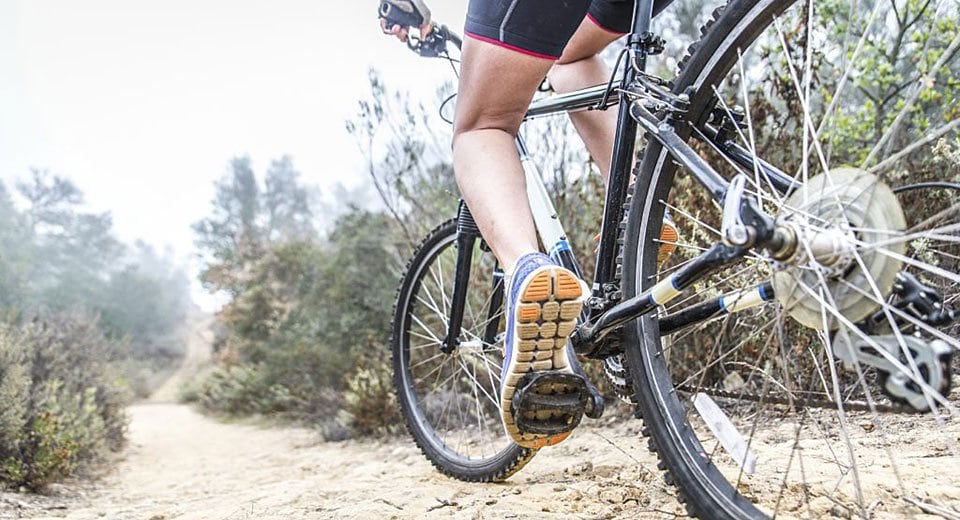Beware of bicycling overuse injuries
In addition to traumatic injuries, “overuse” or chronic injuries are very common in the cyclist. These range from simple “saddle” sores to more complex problems of the hips, knees and ankles.
Saddle sores develop by chafing and irritation of the “Ischial” bursa causing bursitis. They are most common in the novice or at the beginning of the training season. Treatment involves a little rest and a slower progression to let your “seat” toughen up. Padded bicycle seats and shorts can be of benefit.
Nerve compression is common and may involve the hands, causing numbness of either one or both nerves in the hands. Changing positions to avoid symptoms is critical.
Pudenal nerve compression is also common, which can cause numbness in the genital region of both males and females. Padded shorts, seat position and new innovative gender specific seats can alleviate this phenomenon.
Knee-cap problems and patellar tendinitis are a common cause of knee pain in the competitive cyclist. These are often the result of overtraining, improper bicycle adjustment and riding with too low of cadence.
For long distance riding, a cadence between 90-110 rpm is recommended. The successful cyclist has a smooth circular cadence using both upstroke and downstroke for power.
Trochanteric bursitis and ITB syndrome involve pain in the hip and knee and can be affected by the above issues. Initial treatment is by proper training techniques, specific stretches and correcting the rider’s position on the bike.
Tendinitis involving the foot usually relates to the position of the foot on the pedal and with the constrained clipless pedals proper adjustment is key.
Bicycling is an excellent sport for fitness and most problems can be resolved by proper training and adjustment of the bike for the individual by a reputable and knowledgeable local bike shop. For problems that persist one should see their physician.
